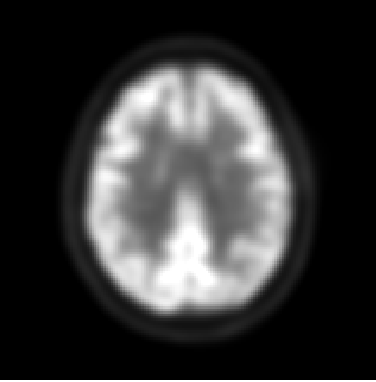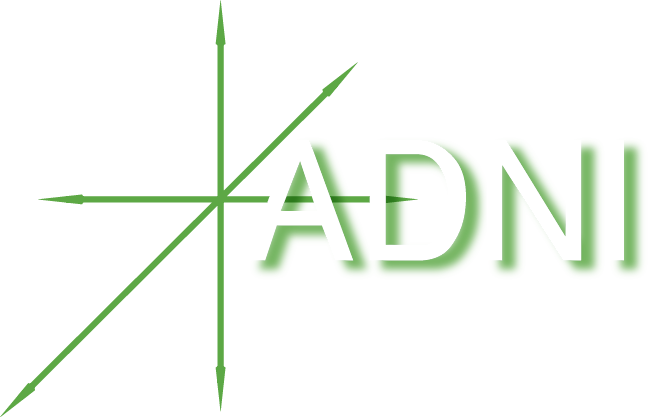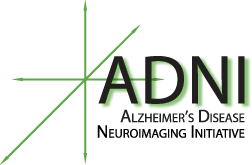RAW, PRE- AND POST-PROCESSED IMAGE FILES, PIB (ADNI1), FDG (ADNI1/GO/2), FLORBETAPIR (ADNI GO/2/3), FLORBETABEN (ADNI3), and TAU IMAGING (ADNI3)
The collection of these images is central to meeting ADNI’s objective of developing biomarkers to track both the progression of Alzheimer’s disease and changes in the underlying pathology. The table below represents an overview of the PET data collected throughout the ADNI study (see table superscript references in the following paragraph).

ADNI 3: Tau and Amyloid imaging will be performed on all participants at their initial ADNI 3 visit. The subsequent Tau imaging schedule depends on amyloid status: 80% of amyloid positive and 20% of amyloid negative participants will have three additional tau scans, whereas the remaining 80% of amyloid negative and 20% amyloid positive participants will have 1 additional tau scan (see diagram). Amyloid PET imaging will be performed every 2 years using florbetapir (participants continuing from ADNI2) or florbetaben (newly enrolled participants). FDG-PET imaging will only be performed on MCI and AD participants at baseline only (see diagram).
ADNI 2: Florbetapir (formerly AV-45)1 PET and FDG PET imaging were performed on all newly enrolled participants on two separate days (minimum 12hr time lapse). Scans were performed within two weeks before or two weeks after the in-clinic assessments at Baseline and at 24 months after Baseline. ADNI 2 subjects had up to 3 florbetapir scans and up to 2 FDG scans, each acquired at 2-year time intervals.
ADNI 1/GO: Patients in ADNI1 initially received PIB32 scans instead of Florbetapir scans. However, the protocol was amended before the conclusion of the study to include the adoption of Florbetapir scans over PIB scans due to processing time limits. Therefore, PIB was only used on a small set of participants (approximately 100) in ADNI 1. For ADNI1 CN and MCI participants who continued into ADNI GO and then to ADNI2, initial PET scans occur two years from that date of the last successful Florbetapir and FDG PET scan under ADNI GO. In ADNI1, only a subset of participants received FDG.
For more information, please refer to the study protocols and the FAQ page.
Note: When searching the database for baseline or Timepoint 1? data, users should select both “screening” and “baseline” from the visit selection box.
Available Image Data

Download the PDF here. Note that not all subjects will have every type of image data, depending on the study and acquisition site.
Additional Resources:
- ADNI 1 PET Technical Procedures
- PET PIB Technical Manual
- ADNI GO PET Technical Procedures
- ADNI 2 PET Technical Procedures







